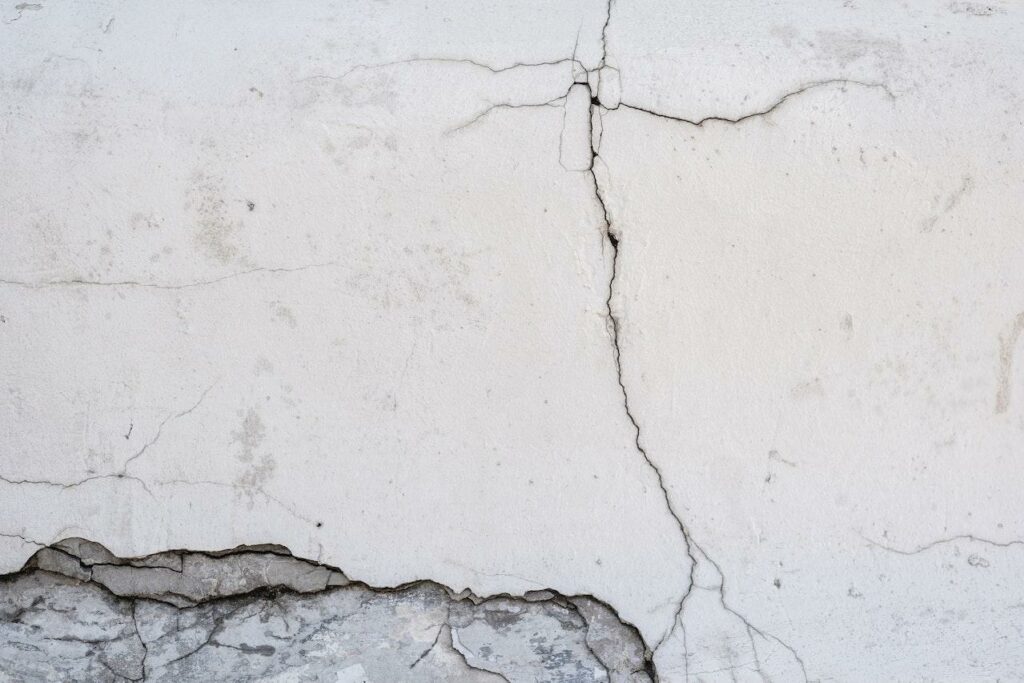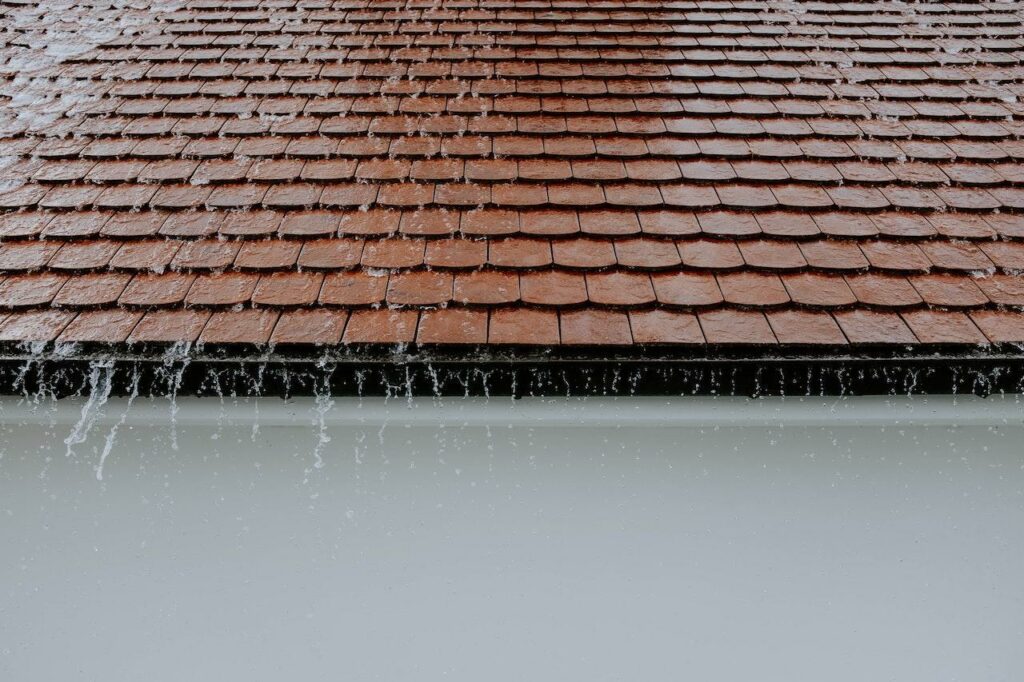Even though you don’t spend time in the basement as you do in other areas of your house, it is imperative to ensure that it’s in good condition. The basement’s main problem is water. It can find its way in and create serious issues that, given time, can affect the structural stability and integrity of the whole building. Although it is always ideal to hire professionals to do the necessary repair work, there is a lot you can do on your own. Here are the DIY solutions to keep water out of your basement.
Table of Contents
Discover where the water is coming from
Each particular problem has its own set of possible solutions and steps. This is also true when doing any repair work. So, before you start doing anything, perform a detailed inspection of your basement. You need to determine where the water is coming from exactly. Is it the walls? Or maybe the windows are leaky? Or even both? If your basement is suffering from high humidity levels, the excess water may come from several sources.
Some of the work you will be doing can include cutting the wall open, so make sure you are doing it according to some well-thought-of plan. This step is crucial if you decide to convert your basement into an area where you and your family will spend more time. It would be inconvenient and costly to damage the newly-renovated space when you realize you haven’t fully solved the humidity issue.

Get rid of the water and mold before you start with other works
In your quest to keep water out of your basement, you will have to actually get it out first. If there are puddles or the whole floor is submerged, the best tool is the wet/dry shop vac. This device will pump out the water. Once that is over, turn on the dehumidifier and let it extract the excess moisture from the air. Finally, what remains is to get rid of the mold that is inevitable in such humid areas. Mold can be very stubborn, though, but luckily there are very effective products to abolish it.
If you prefer homemade DIY solutions, mix one cup of bleach with a gallon of water and use it as a mold killer. Now all that remains is to wait for the area to dry out. The cold months can prolong the waiting. In that case, bring a heating device and direct the warm air towards the wettest place.
To keep water out of your basement, plug the gaps first
The water could be coming into your basement from the outside. That is one potential source that is easier to spot and do something about. You need to pay attention to cracks in the foundation of the house, the lower part of the façade, and the basement walls. Start from the outside and seal all gaps water can use as entry points to your basement. First, you will need to prepare the surface by removing the loose dirt and debris from the crack using a wire brush. After that, you can use some of the crack-filling mixtures you can find in the stores, such as:
- Hydraulic cement – it sets very quickly, so be careful.
- Epoxy crack sealer – this material is more potent than cement.
- Patching compounds – they come pre-mixed and are great for larger cracks.
Whatever material you choose, apart from familiarizing yourself with its application technique, don’t forget personal protection. These materials are not gentle on the skin and will damage your clothes. Wearing sturdy gloves, work overalls, or old and dispensable clothes is a must.

Seal all the cracks in your basement windows and doors
Water could be coming into your basement through inadequately sealed windows and doors. Take a good look at the window and door frames and search for cracks. Also, make sure the windows and doors close properly without allowing any leaks. Basement window wells can also be the source of water. What you need to do here is ensure that the soil level is below the window well upper edge. In some cases, the basement windows are so old that it is simply no longer safe to remain in place. Consider replacing the old, run-down windows and doors in your basement because they may do more harm than good.
Waterproof the walls regardless of where the water is coming from
No matter where the water comes from, it’s a good idea to waterproof the walls. There are special waterproofing paints you can apply to the basement walls, giving them a thin layer of protection. The areas that seemed to be the wettest should receive three coats of paint, whereas all other wall zones should be painted three times. This way, you will ensure that it will not penetrate the wall even if the moisture finds its way to the basement.
Adjust the landscape slope to direct the water away from the house
And now, let’s go outside for a second and analyze what one minor design flaw can do. Namely, the ground around the house should slope away from home by at least 6 inches. Also, the slope should extend for 6 to 10 feet. Even if this were designed properly, you would need to check if this parameter of your yard and house is still valid. The house is not such an immobile structure when you observe it from the point of view of the land below and around them. The land settles over the years and what was initially designed deviates from what it was and what you wanted it to be.
Regular landscaping session is an excellent opportunity to identify and address this issue. The relocation experts from miamimoversforless.com say that a good curb appeal combined with a healthy and useful basement has been the main reason many people buy their houses. So, directing the water away from the house affects the overall value of your house. In other words, you will not only keep your basement water-free, but your landscape will become more beautiful.
Fix the faulty gutters to keep water out of your basement
Faulty gutters are among the top reasons someone’s basement suffers from surplus moisture. When the gutters are leaky or clogged, the water doesn’t go down them properly but ends up sliding down the façade, with the foundation and basement being its final destination. Defective gutters cannot effectively remove the water from the roof, so it ends up creating all sorts of problems. Make sure you fix this issue as soon as you identify it.

Take care of the leaky pipes in the house
Pipes are the trickiest when it comes to identifying their leakage and fixing it. And the main reason is their unapproachable location, as most pipes are hidden behind walls. Also, a leaky pipe could be far above the basement and still be responsible for its mold and humidity. If no other source but the pipes seem faulty, you will have to inspect all the pipes in your house. To avoid this problem in the future, make sure you perform annual pipe maintenance.
An interior drainage system is an excellent solution to the groundwater problem
Water doesn’t have to come from above into your basement. It can also rise from below and create all sorts of problems. When the hydrostatic pressure increases, the groundwater level also rises. Then the water finds its way into your basement through the cracks in the floor. But also near the joint between the floor and the walls. An excellent solution to this problem is to install an internal drainage system. This solution might not be perfect for keeping the basement completely moisture-free. Instead, it will prevent flooding, and the basement’s central area will dry. The good thing is you can implement this even after finishing your basement remodeling.
A French drain or some of its varieties will take care of the surplus water from the outside
You can also address problems with hydrostatic pressure and groundwater from the outside. By installing a French drain, you will prevent the groundwater as well as the surface water from reaching the foundation and damaging it. There are several variations of this particular drainage system you can consider:
- Curtain drain. Although it comprises perforated pipe surrounded by gravel, it is covered by soil and turf.
- Filter drain. This variety deals with groundwater in particular.
- Collector and interceptor drain. Collects both surface and groundwater and diverts it away from the house.
- Dispersal drain. It deals with wastewater coming from the septic tank.
- Fin drain. This variety is cheaper than the traditional French drain, offering almost the same function.
Final thoughts
As you can see, there are various ways to keep water out of your basement. The important thing is to correctly identify the issue and implement the appropriate techniques to solve it. With a bit of attention to detail and some hard work, you will have a dry basement in no time. Good luck!
image sources : Pexels
